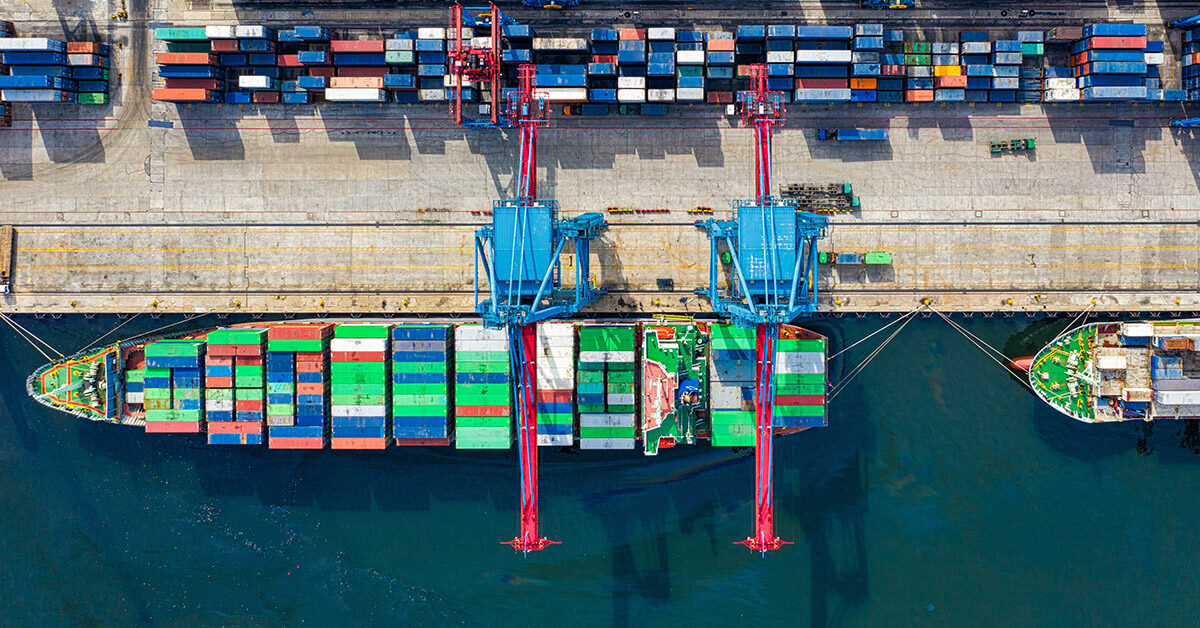This is our last article on Proforma
Antonia Klatt
Last Updated on 24 September 2024Anyone who trades internationally has probably already heard of the proforma invoice. This document simplifies the handling of customs and taxes, serves the duty of declaration and may even facilitate accounting. What is a proforma invoice actually, which requirements are to be met and what this document has to contain, all that you will find out in this article.

What is a proforma invoice?
A proforma invoice is an invoice that is actually not an invoice. Yeah, you read it right. It is a document that does not ask the recipient to pay, but primarily indicates the value of a consignment of goods and is necessary for tax reasons and for customs and the obligation to declare within the EU – especially when doing business with non-EU countries.
Proforma Invoice meaning
Pro forma (Latin for “for the sake of form) is usually used to describe a document which is provided as a courtesy or satisfies minimum requirements, conforms to a norm or doctrine, tends to be performed perfunctorily or is considered a formality.
When talking about invoices, proforma invoice means an invoice that does not contain a request for payment but is needed for accounting and for the duty of declaration.
When is a proforma invoice issued?
Proforma invoices are mainly used and issued for commercial transactions with countries that are not members of the EU. A proforma invoice must be issued under the following conditions and in the following situations:
- Proof of the value of the goods for customs clearance in import/export transactions with non-EU countries
- Temporary use of goods abroad
- Supplies of goods not intended for resale
- Advance invoices for import/export financing for presentation to the bank (“letter of credit”)
- Advance invoice or advance copy of an original invoice as a replacement for an offer or an order confirmation
- Deliveries and services on advance payment, which serve as the basis for payment
- Free sample shipments
- Exchange of goods (e.g. guarantee case)
- Delivery of spare parts
- Donations
- Gifts to customers
Difference to commercial invoices
The classical commercial invoice is essentially nothing more than an invoice for foreign trade, which indicates the value of the goods and forms the basis for import customs clearance. The commercial invoice is issued whenever the goods shipped have a certain commercial value and this value is clearly specified.
If this is not the case, i.e. the commercial value is missing and only the consignment of goods is to be declared, then a proforma invoice must be issued.
- Commercial invoice for goods with commercial value
- Pro-forma invoice for goods without commercial value
How to create a pro-forma invoice?
In contrast to the commercial invoice, there are no legal requirements regarding the structure and content of the proforma invoice, even though certain details must be included. Thus, this document must be marked as a proforma invoice in any case, ideally in English and in the respective language of the country of destination.
Note: The proforma invoice is marked as such and may not be used as a final invoice and a new invoice, even if not much will change, must be issued in any case.
What information should a pro forma invoice contain?
As already mentioned, a proforma invoice must be marked as such, but there is no legal requirement for this. Purely for reasons of logic, pro-forma invoices should in principle contain the same information that can be found on commercial invoices.
It should include the following information:
- Marking as pro forma invoice
- Shipper: Name and address
- Recipient: Name and address
- Invoice number
- Date of invoice
- EORI number
- Description of the goods
- Gross and net weight
- Sales tax identification number, EORI number
- Gross and net weight, country of origin, package number
- Declaration of origin, if the country of origin of the goods is in the EU
- Terms of delivery
- Reason for export (sample shipment? replacement?)
- Bank details
- Signature, Stamp
Which value of goods must be indicated?
When issuing or receiving a proforma invoice, it is important that the declared amount also corresponds to the actual value of the goods, if this is applicable for customs clearance.
Please note that a maximum quantity of 5 pieces and a goods value of 50 € may not be exceeded.
Who would have thought it, in practice a lower value of goods is often indicated in order to save on import VAT and customs duties. However, we are strongly advising against this.
The recipient, as the customs party, is responsible for the completeness and accuracy of the information on the proforma invoice, not the issuer of the invoice. If incorrect values are given, this can be punished in the worst case as tax evasion with severe penalties.
To avoid the latter, the following alternatives are available for the preliminary assessment:
- Retroactive reporting of the value of goods
- Submission of an incomplete customs declaration with reference to the customs value
These options are particularly suitable if it is difficult to make an unambiguous assessment at first and one still wants to avoid possible penalties in advance.

Book a free consultation
Our VAT experts are happy to help you. Book a free consultation today!
VAT in the invoice: yes or no?
In principle, one is obliged to indicate the tax to be shown in invoices. This is because the service has usually already been provided or the delivery has already been made.
This is slightly different with the proforma invoice, as the delivery/service does not necessarily have to have been provided yet. If this is the case, then it is possible to issue it without showing the VAT.
However, if the amount has been received according to the proforma invoice, it is a payment before the service/delivery has been carried out, which is equivalent to a down payment. Since special taxation rules apply to down payments, the tax is incurred when the payment is received. Therefore, the amount must be posted in the invoice as a down payment received and the VAT has to be included.
Pro Forma invoice template
Here you can download pro forma samples, or rather templates, for your business or at least get some inspiration:
>>> Download template as Word file (.docx) <<<
>>> Download template as PDF file <<<
The proforma invoice in accounting
The pr forma invoice can be used to replace invoices in order to post an expense before the actual invoice is received. It has a similar function here to the self document.
If, for example, an original invoice is not yet available for the annual financial report, then a proforma invoice can be used to book a value in advance.
It is important that a booking reversal takes place in the following period and then the original document or invoice is posted. Only the original invoice meets the legal requirements.



